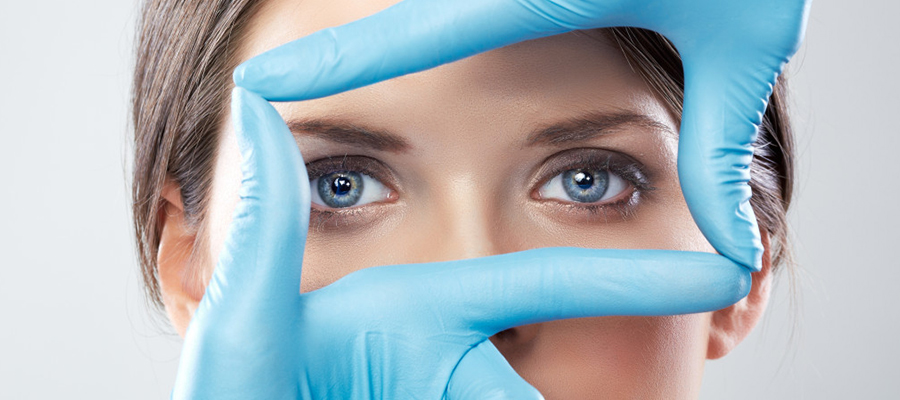
Estimated reading time: 2 minutes and 36 seconds
Strabotomy
Strabismus Treatment: Restoring Alignment for Improved Vision
At Aktif International Hospitals, we understand the impact that strabismus, commonly known as crossed eyes or squint, can have on vision and quality of life. Our specialized team of ophthalmologists is dedicated to providing comprehensive care for patients of all ages with strabismus, utilizing advanced techniques and personalized treatment plans to restore proper eye alignment and improve visual function.
Frequently Asked Questions
What is strabismus?
Strabismus is a condition characterized by misalignment of the eyes, where one or both eyes may turn inward, outward, upward, or downward. This misalignment can be constant or intermittent and may affect one or both eyes.
What causes strabismus?
Strabismus can be caused by various factors, including:
- Muscle imbalance: Weakness or tightness in the eye muscles can lead to misalignment of the eyes.
- Nerve problems: Conditions affecting the nerves that control eye movement can result in strabismus.
- Vision problems: Refractive errors or differences in vision between the eyes can contribute to strabismus.
- Genetics: Strabismus may run in families, suggesting a genetic predisposition.
What are the symptoms of strabismus?
Symptoms of strabismus may include:
- Misaligned eyes
- Double vision
- Poor depth perception
- Eye fatigue or strain
- Headaches
- Difficulty focusing
- Squinting or closing one eye to see better
How is strabismus diagnosed?
Diagnosis of strabismus typically involves a comprehensive eye examination, including:
- Visual acuity testing
- Evaluation of eye alignment and movement
- Refraction test to assess for refractive errors
- Examination of the inside of the eye using specialized instruments
- Assessment of binocular vision and depth perception
What treatment options are available for strabismus?
Treatment for strabismus aims to restore proper eye alignment and improve binocular vision. Treatment options may include:
- Glasses or contact lenses: Correcting refractive errors can sometimes improve eye alignment.
- Vision therapy: Eye exercises and activities designed to improve eye coordination and control.
- Prism lenses: Specialized lenses that can help reduce double vision and improve alignment.
- Botulinum toxin injections: Injecting botulinum toxin into the eye muscles can temporarily weaken them, allowing for realignment.
- Surgery: Strabismus surgery involves adjusting the length or position of the eye muscles to achieve proper alignment.
Is strabismus treatment effective?
With appropriate treatment, many individuals with strabismus can achieve improved eye alignment and function. The success of treatment depends on various factors, including the severity of the condition, the underlying cause, and the individual’s response to therapy.
How can I schedule a consultation for strabismus treatment at Aktif International Hospitals?
If you or your child is experiencing symptoms of strabismus or have concerns about eye alignment, we encourage you to schedule a consultation with one of our experienced ophthalmologists at Aktif International Hospitals. Our team will perform a thorough evaluation, discuss treatment options, and develop a personalized plan to address your specific needs and goals. Contact us today to take the first step towards clearer, more comfortable vision.
Author: İnci Yeşim Bayrak


 TR
TR